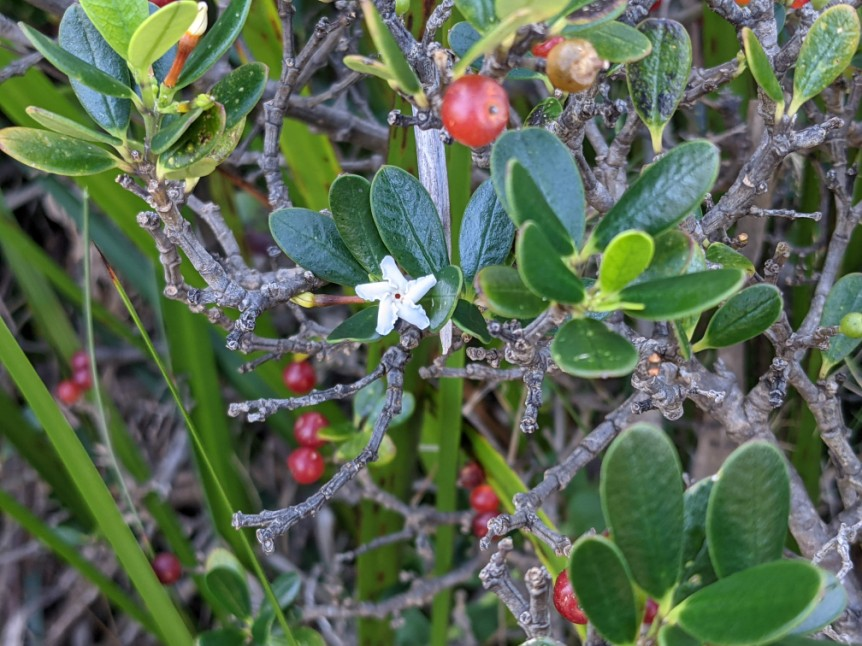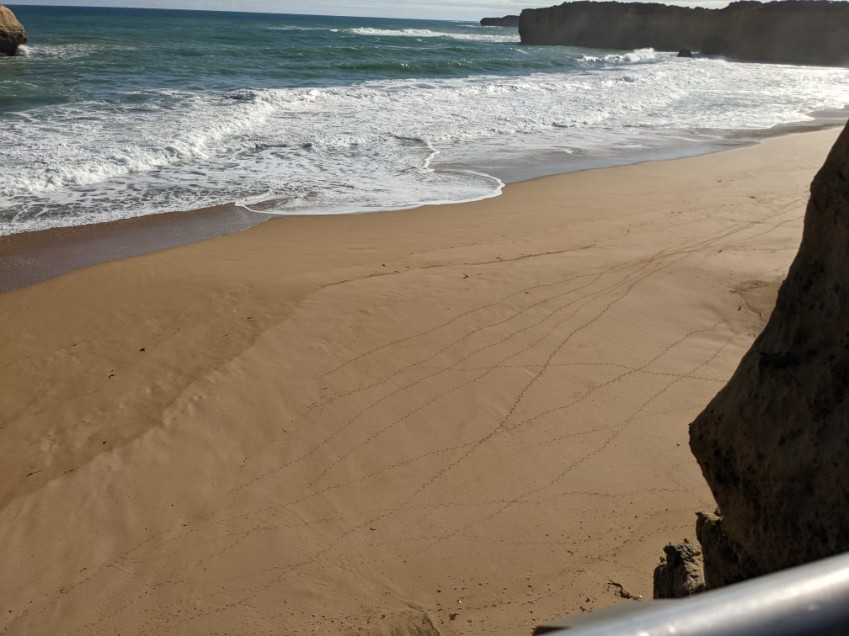Jan and Rod Mitchell went to the Autumn campout at Port Campbell hosted by the Timboon Field Naturalists Club. Meals and talks by guest speakers were held at the Port Campbell Surf lifesaving Club. Many different half day excursions were on offer.
Giant kelp (Macrocystis pyrifera) is a marine plant that can grow up to 50 metres tall and form underwater forests that provide habitat and food for many marine animals. However, these kelp forests have been declining over the last few decades due to climate change, ocean warming, pollution and overfishing.
In Victoria, giant kelp can still be found along the coast, but its distribution and abundance are poorly known. That’s why a group of researchers and volunteers have launched Mission Macrocystis, a citizen science project that aims to record and monitor giant kelp sites and associated marine life along the Victorian coastline.
Mission Macrocystis invites anyone who sees giant kelp while diving, snorkelling, kayaking or boating to take a photo and upload it to the iNaturalist website or app (www.inaturalist.org/projects/mission-macrocystis), along with the location and date of the sighting. The project also encourages people to observe and report any animals or plants that live in or near the kelp forests, such as fish, crabs, sea stars, seaweeds and seagrasses.
The data collected by Mission Macrocystis will help researchers understand the current status and trends of giant kelp in Victoria, as well as its ecological role and value. The project will also raise awareness and appreciation of this important marine ecosystem among the public and decision-makers.
Mission Macrocystis is a collaboration between Parks Victoria, Deakin University, ReefWatch Victoria, Victorian National Parks Association and iNaturalist Australia. The project is supported by the Victorian Government’s Biodiversity On-Ground Action Icon Species Grants program.
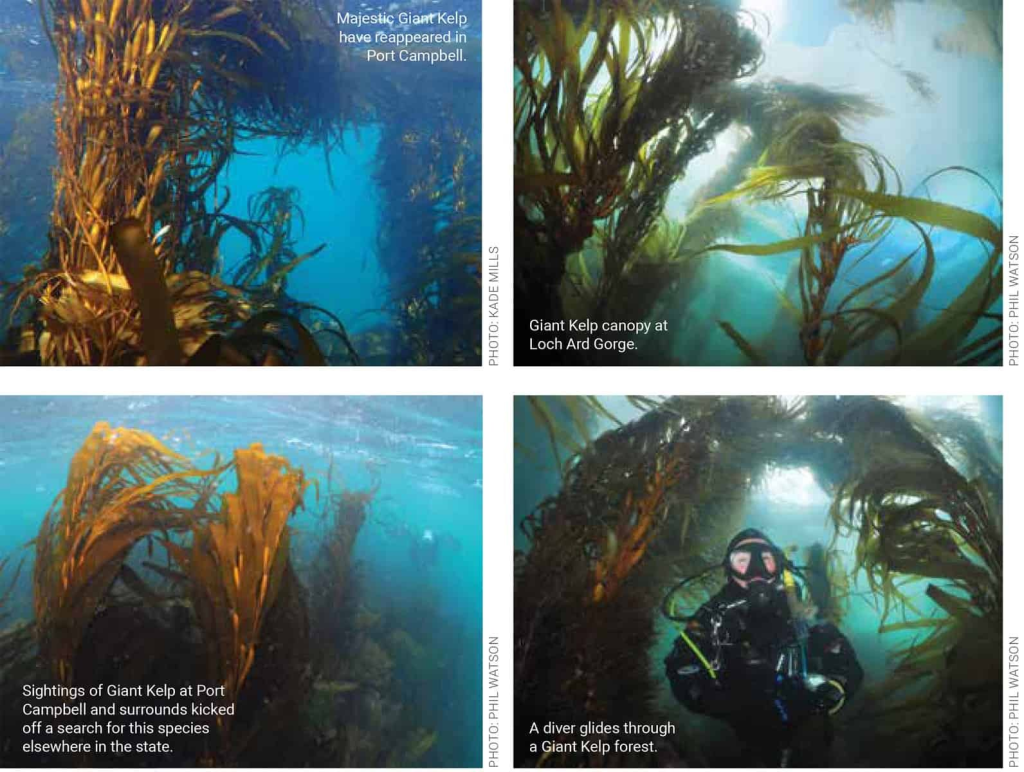
Ancient footprints reveal Australia’s lost giants
Australia was once home to a diverse and impressive array of megafauna, large animals that roamed the continent during the Pleistocene epoch, from about 2.5 million to 11,700 years ago. These included giant kangaroos, wombats, echidnas, diprotodons, marsupial lions, Tasmanian tigers and devils, and even flightless birds.
However, most of these megafauna became extinct by the end of the Pleistocene, possibly due to a combination of climate change, human hunting and habitat loss. Their fossils are rare and often incomplete, making it difficult to reconstruct their appearance, behaviour and ecology.
But there is another way to learn about these ancient animals: their footprints. Trackways are fossilised impressions of animal feet or other body parts that were left on soft sediment and later preserved by natural processes. Trackways can provide valuable information about the size, shape, speed, gait and social interactions of the animals that made them.
Australia has several sites where trackways of megafauna have been discovered and studied by scientists.
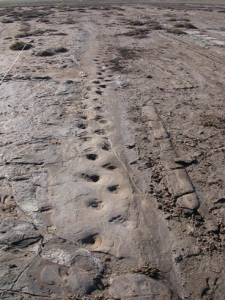
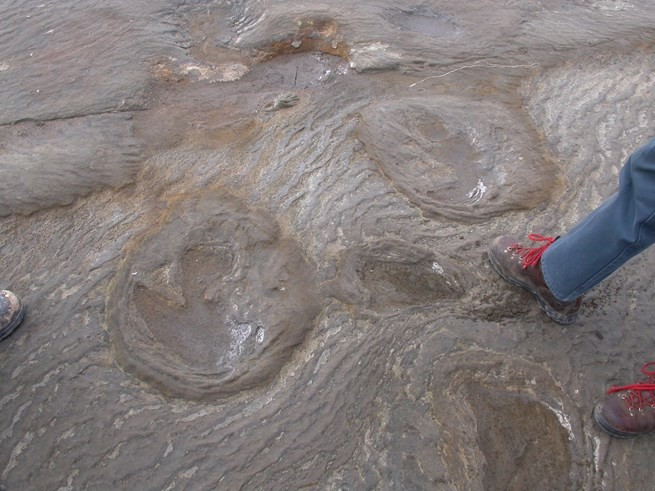
For example:
In Kangaroo Island, South Australia, researchers have found trackways of Tasmanian tigers and devils, giant kangaroos and echidnas, and even a possible marsupial lion in a limestone cave that was once a swampy forest.
In Broome, Western Australia, researchers have found trackways of dinosaurs that lived about 130 million years ago in the Broome Sandstone, which was once a coastal plain. The trackways include those of sauropods, theropods and ornithopods.
In Kalbarri, Western Australia, researchers have found trackways of worms, giant sea scorpions and possibly early tetrapods that lived about 400 million years ago in the Tumblagooda Sandstone, which was once a river delta.
John has found trackways in Warrnambool and surrounds. We just need to keep our eyes peeled.
These trackways are not only scientific treasures but also cultural heritage. Many of them are located on Aboriginal lands and have spiritual significance for the traditional owners. Some of them are also threatened by erosion, vandalism or development.
Therefore, it is important to protect and conserve these trackways for future generations. They are windows into Australia’s prehistoric past and reveal the diversity and beauty of its lost giants.
A man on a mission to save the river blackfish
Stephen Mueller loves river blackfish like a family pet. He has spent the past 12 years trying to breed and repopulate this native fish species that has been declining due to habitat loss, pollution and introduced predators.
River blackfish (Gadopsis marmoratus) are dark-coloured fish that can grow up to 40 centimetres long and live up to 20 years. They are found in cool, clear and flowing rivers and streams in south-eastern Australia, where they feed on insects, crustaceans and small fish. They are also prized by anglers for their white flesh and fighting spirit.
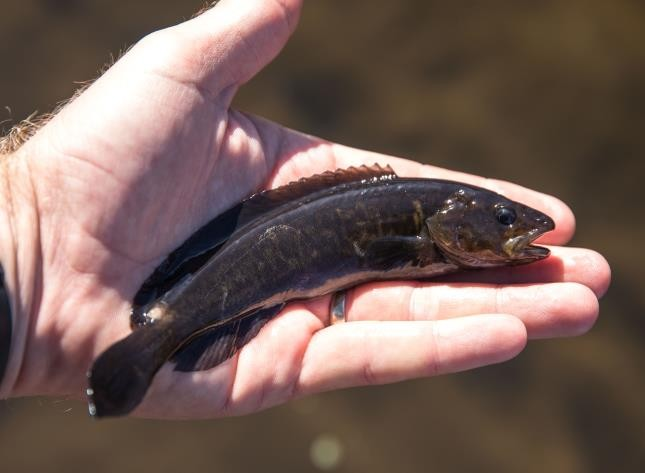
However, river blackfish have been disappearing from many of their natural habitats, especially in Victoria, where they are listed as threatened. Some of the factors that have contributed to their decline include:
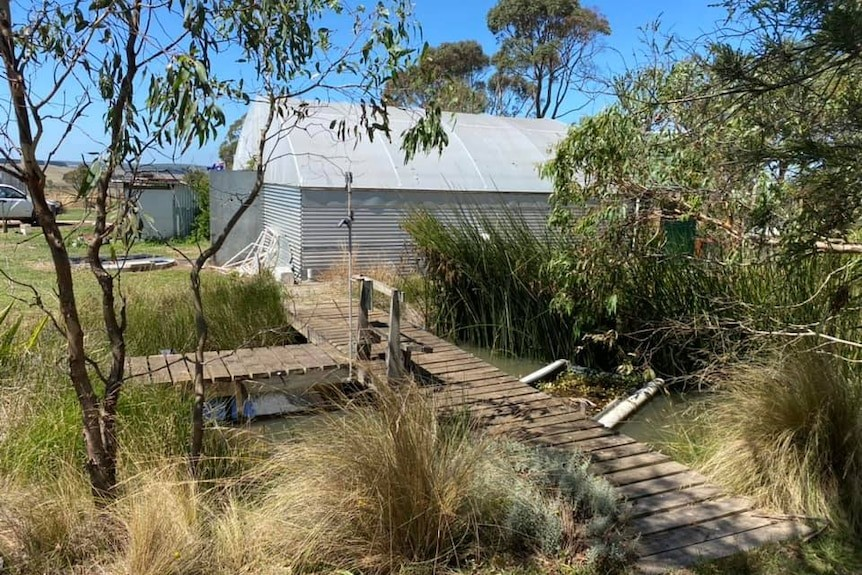
To save the river blackfish from extinction, Stephen Mueller and his wife Sherryl have transformed their small property in Cobden into a fish farm dedicated to breeding and growing river blackfish. They have built four ponds with natural vegetation and water quality, where they keep hundreds of river blackfish. The Muellers believe that they are the first to successfully breed river blackfish in captivity. They have overcome many challenges such as the low fecundity, slow growth and territorial behaviour of the fish. They have also developed their own methods of feeding, handling and transporting the fish.
The Muellers’ ultimate goal was to release some of their river blackfish into the wild, where they hope they will survive and breed and help to restore the population and ecosystem of their native rivers. They have obtained permits from the authorities to release some of their mature fish into a pond that is connected to the Curdies River, a tributary of the Hopkins River.
The Muellers are also passionate about raising awareness and appreciation of the river blackfish among the public and decision-makers. They have created a website (www.fishsticks.co) where they share their story and progress. They have also collaborated with researchers, conservationists and local communities to survey and monitor the river blackfish habitats and threats.
The Muellers’ mission to save the river blackfish is a remarkable example of citizen science and conservation. They have shown that with dedication, innovation and collaboration, anyone can make a difference for the environment and its wildlife.
The excursions we went on were:
Plantation Road: turning north opposite Loch Ard Gorge, we travelled past the remnants of a pine plantation and made our way beside a slashed fire break adjoining the surrounding Port Campbell National Park stopping several times; changing vegetation away from the coast; birds and fungi.
“Rubbish Tip”: just on the edge of town we parked beside the transfer station and walked east along a sandy vehicular track through part of the national park. Beautiful Firetails had been seen along here but alas none for us. However we extended the walk along a management track and back along a section of the Great Ocean Road and found Southern Emu Wrens which was very exciting.
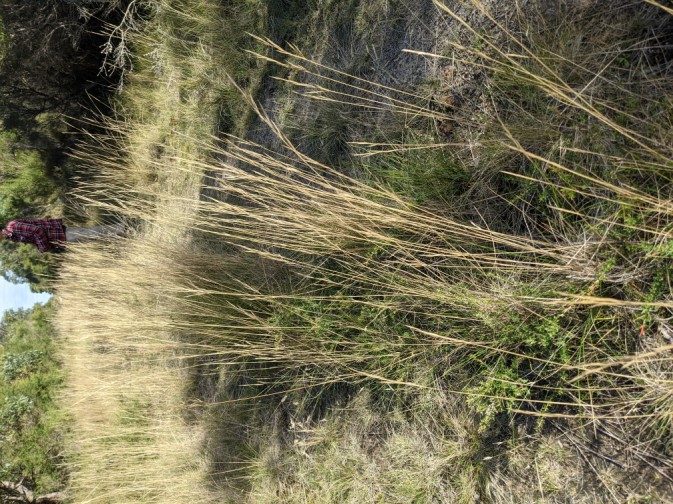
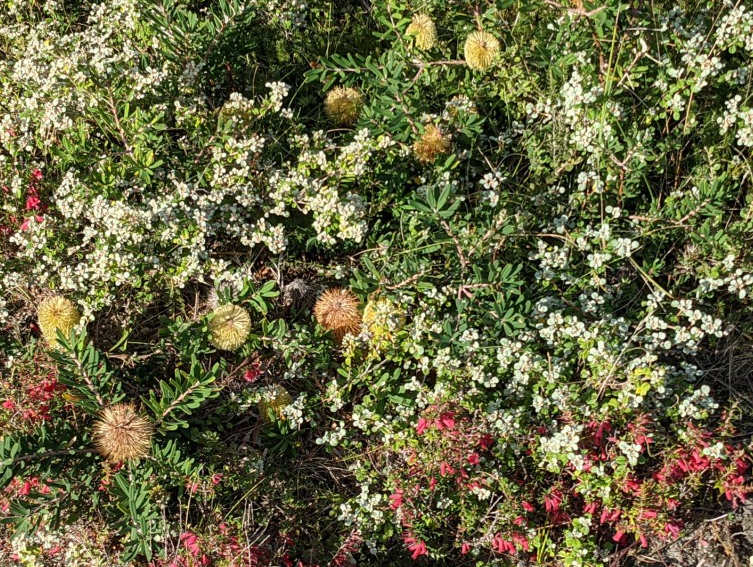
Coast Gully Thicket walk: A guided walk with local bush rescuer Annie Schofield through a rehabilitated patch of endangered Coast Gully Thicket ecolological vegetation class. The patch is a locally community-led revegetation project aimed at corridor creation strategically linking the east and west sections of the Port Campbell National Park which is presently divided by the Port Campbell township. Some of the area was inundated by Periwinkle which they are gradually removing and replacing with native vegetation.
“Pot Luck Tour”: This was a series of short walks and drives to view arange of different coastal sites with very different formations, views and vegetation between Port Campbell and Peterborough, including a stop at London Bridge.
